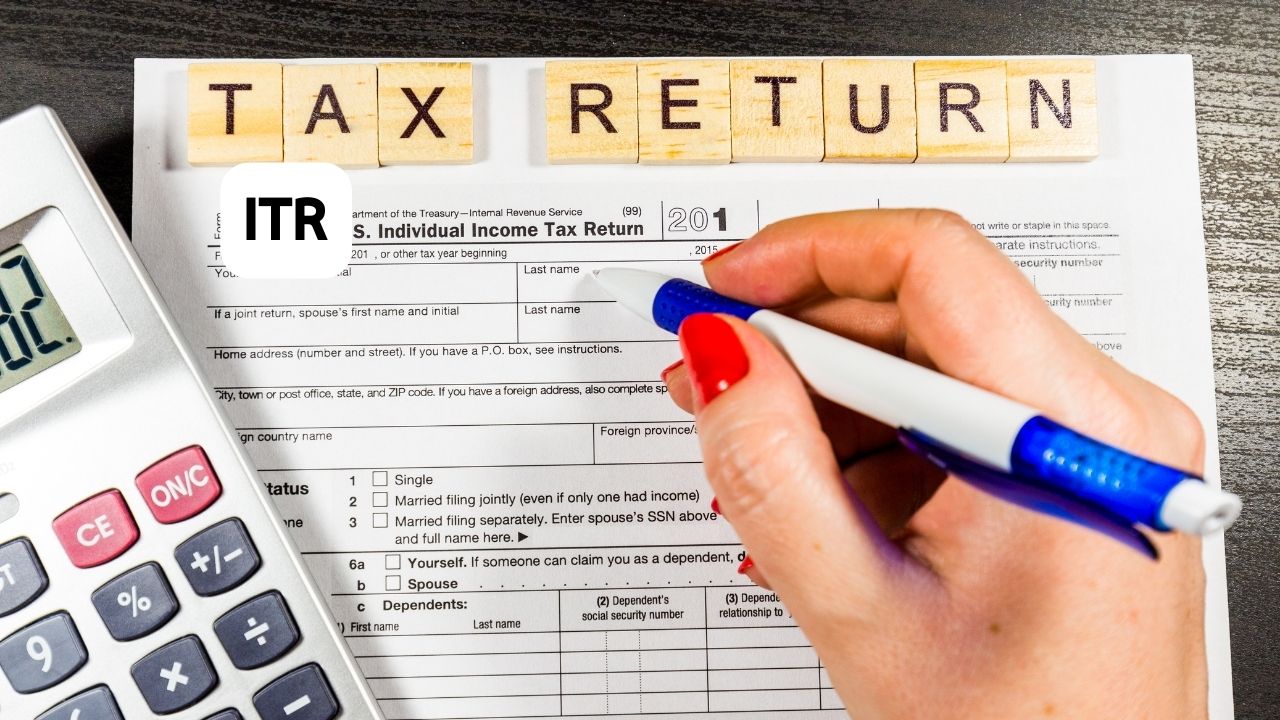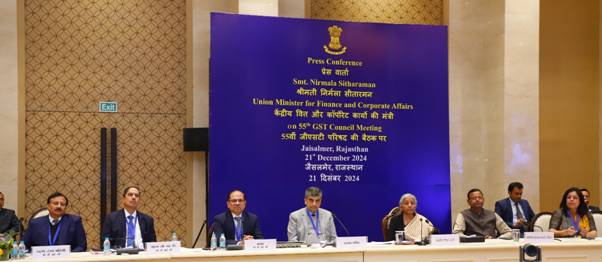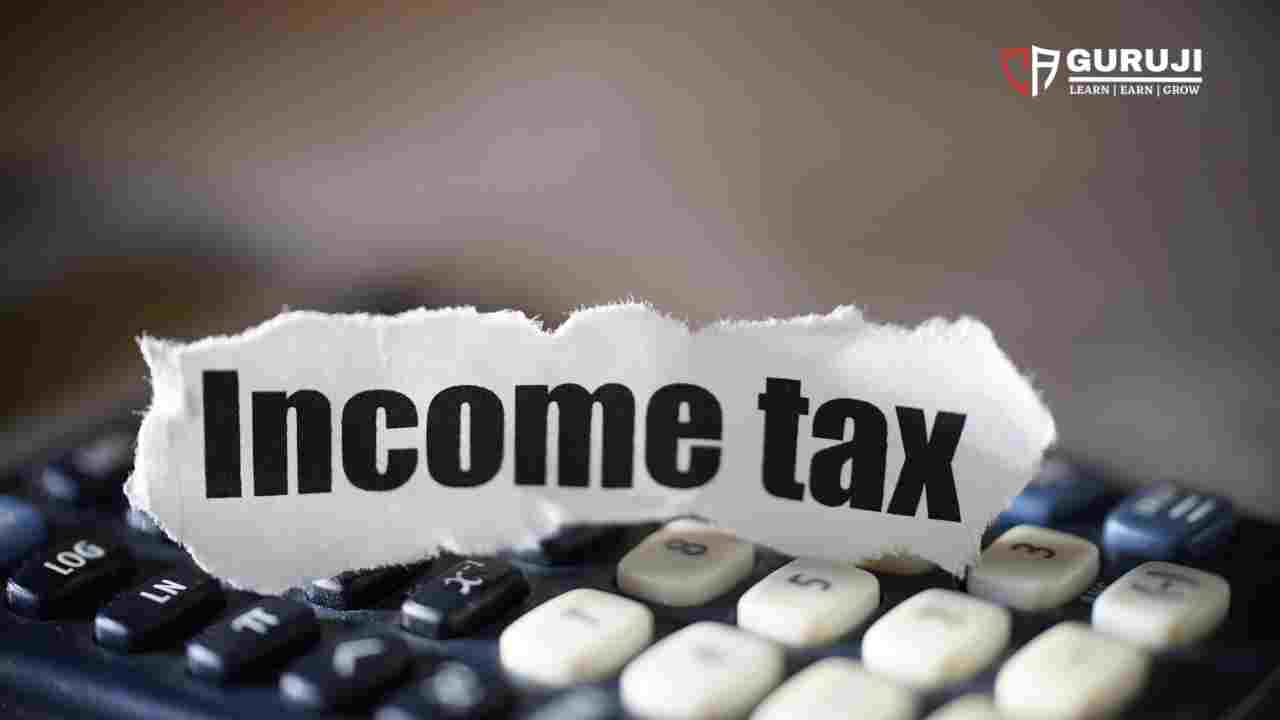ITR stands for Income Tax Return. It is a prescribed form through which the particulars of income earned by a person in a financial year and taxes paid on such income are communicated to the Income-tax Department. Under the Income-tax Law, different forms of returns are prescribed for different classes of taxpayers.
The return forms are known as ITR forms (Income Tax Return Forms). The forms of return prescribed under the Income-tax Law for filing of return of income for the assessment year 2023-24 (i.e., financial year 2022-23 ) are as follows:
ITR – 1 Also known as SAHAJ is applicable to an individual having salary or pension income or income from one house property (not a case of brought forward loss) or income from other sources (not being lottery winnings and income from race horses, income taxable under section 115BBDA or income reffered in section 115BBDA or income referred in section 115BBE).
Return Form ITR – 1 (SAHAJ) cannot be used by an individual:
• Who is a Non-resident or Not Ordinarily Resident
• Who is a Director of a company
• Whose total income exceeds Rs. 50 lakhs
• Who has income from more than 1 house property
• Who has held unlisted equity shares at any time during the previous year
• Who claims deduction under section 80QQB or section 80RRB in respect of royalty from patents or books
• Who is a person in whose case tax has been deducted under section 194N.
• Who is a person in whose case payment or deduction of tax has been deferred under section 191(2) or section 192(1C)
• Who claims deduction under section 10AA or Part-C of Chapter VI-A
• Who has brought forward loss or losses to be carried forward under any head
• Person claiming deduction under section 57 from income taxable under the head ‘Other Sources'(other than deduction allowed from family pension)
• Who wants to claim relief under section 90 or section 91
• Who wants to claim credit of tax deducted at source in the hands of any other person.
• Who has any assets (including Financial Interest in an entity) located outside India.
• Who has signing authority in any account outside India
• Who has any income to be apportioned in accordance with provisions of section 5A
• Who has any of the following income:
a) Income from Business or Profession
b) Capital Gains
c) Income taxable under the head ‘Other sources’ which is taxable at special rate
d) Dividend income exceeding Rs. 10 lakhs taxable under section 115BBDA
e) Unexplained income (i.e., cash credit, unexplained investment, etc.) taxable at 60% under section 115BBE
f) Agricultural Income exceeding Rs. 5,000
g) Income from any source outside India
Form ITR – 2 can be used by an individual and Hindu Undivided Family who is not eligible to fileITR-1 Sahaj and not having income from “profit and gains of business or profession” and also not having income from “Profits and gains of business or profession” in the nature of interest, salary, bonus, commission or remuneration, by whatever name called, due to, or received by him from a partnership firm.
Further, in case where the income of another person like spouse, minor child, etc., is to be clubbed with the income of the taxpayer, this Return Form can be used if income to be clubbed falls in any of the above categories.
Who cannot use ITR – 2?
Form ITR – 2 cannot be used by an individual and HUF whose total income for the year includes income from profit and gains from business or profession and also having income in the nature of interest, salary, bonus, commission or remuneration, by whatever name called, due to, or received by him from partnership firm
Form ITR – 3 can be used by an individual or a Hindu Undivided Family who is having income from profits and gains of business or profession.ITR – 3 is also required to be filed by a person whose income is chargeable to tax under the head “Profits and gains ofbusiness or profession” is in the nature of interest, salary, bonus, commission or remuneration, by whatever name called, due to, or received by him from a partnership firm.
Who cannot use ITR-3
Who can use ITR – 4 (SUGAM)?
Form ITR – 4 (SUGAM) can be used by an Individual/HUF/Firm (Other than LLP) whose total income for the year includes:
(a) Business income computed as per the provisions of section 44AD or44AE; or;
(b) Income from Profession as computed as per the provisions of44ADA; or
(c) Income from salary/pension; or
(d) Income from one house property (excluding cases where loss is brought forward from previous years); or
(e) Income from other sources (excluding winnings from lottery and income from race horses dividend income in excess of Rs. 10 lakhs or unexplained Income, etc. as referred to in section 115BBE)
Who cannot use ITR – 4 (SUGAM)?
Form ITR – 4 (SUGAM) cannot be used by an individual/HUF:
• Who is a Non-resident or Not Ordinarily Resident
• Who is a Director of a company
• Whose total income exceeds Rs. 50 lakhs
• Who has income from more than one House Property
• Who has held unlisted equity shares at any time during the previous year
• Who claims deduction under section 80QQB or section 80RRB in respect of royalty from patent or books
• Who claims deduction under section 10AA or Part-C of Chapter VI-A
• Who has brought forward loss or losses to be carried forward under any head
• Who has income of the nature specified in section 17(2)(vi) on which tax is payable or deductible under section 191(2) or section 192(1C).
• Person claiming deduction under section 57 from income taxable under the head ‘Other Sources’ (other than deduction allowed from family pension)
• Who wants to claim relief under section 90 and section 91
• Who wants to claim credit of tax deducted at source in the hands of any other person.
• Who has any assets (including Financial Interest in an entity) located outside India.
• Who has signing authority in any account outside India
• Who has any income to be apportioned in accordance with provisions of section 5A
• Who has any of the following income:
a) Income from Business or Profession
b) Income from Business or ProfessionCapital Gains or Loss
c) Income from Business or ProfessionIncome taxable under the head ‘Other sources’ which is taxable at special rate
d) Income from Business or ProfessionDividend income exceeding Rs. 10 lakhs taxable under Section 115BBDA
e) Income from Business or ProfessionUnexplained income (i.e., cash credit, unexplained investment, etc.) taxable at 60% under section 115BBE
f) Income from Business or ProfessionAgricultural Income exceeding Rs. 5,000
g) Income from Business or ProfessionIncome from any source outside India
h) Income from Business or ProfessionIncome from speculative business and other special incomes.
i) Income from Business or ProfessionIncome from agency business or commission or brokerage
In case the assesse keeps and maintains all books of accounts and other documents referred to in section 44AA, and also gets his accounts audited and obtains an audit report as per section 44AB, filling up the Form ITR – 4 (SUGAM) is not mandatory. In such a case, other regular return forms viz. Form ITR – 3 or Form ITR – 5, as applicable, should be used.
This Form can be used by a person being a firm, LLP, AOP, BOI, artificial juridical person referred to in section 2(31)(vii), cooperative society and local authority. However, a person who is required to file the return of income under section 139(4A) or 139(4B) or 139(4C) or 139(4D) shall not use this form (i.e., trusts, political parties, institutions, colleges)
Who cannot use ITR – 5?
Form ITR – 5 cannot be used by, a person who is required to file the return of income under section 139(4A) or 139(4B) or 139(4C) or139(4D) (i.e., trusts, political party, institutions, colleges).
It is applicable to a company, other than a company claiming exemption under section 11 (exemption under section 11 can be claimed by charitable/religious trust).
Who cannot use ITR – 6?
Form ITR – 6 cannot be used by a company claiming exemption under section 11 (charitable/religious trust can claim exemption under section 11).
It is applicable to a persons including companies who are required to furnish return under section 139(4A) or section 139(4B) or section 139(4C) or section 139(4D) (i.e., trusts, political parties, institutions, colleges).
Form ITR – 7 cannot be used by a person who is not required to furnish return under section 139(4A) or section 139(4B) or section 139(4C) or section 139(4D) (i.e., trusts, political party, institutions, colleges).
ITR – V It is the acknowledgement of filing the return of income. Just like Income tax Return filing is important in same way it is very important to e verify ITR within 30 Days from the date of filing, watch below video to E verify ITR:
Watch this video to Know Which ITR form is for you:
Practical Course at: www.cagurujiclasses.com











